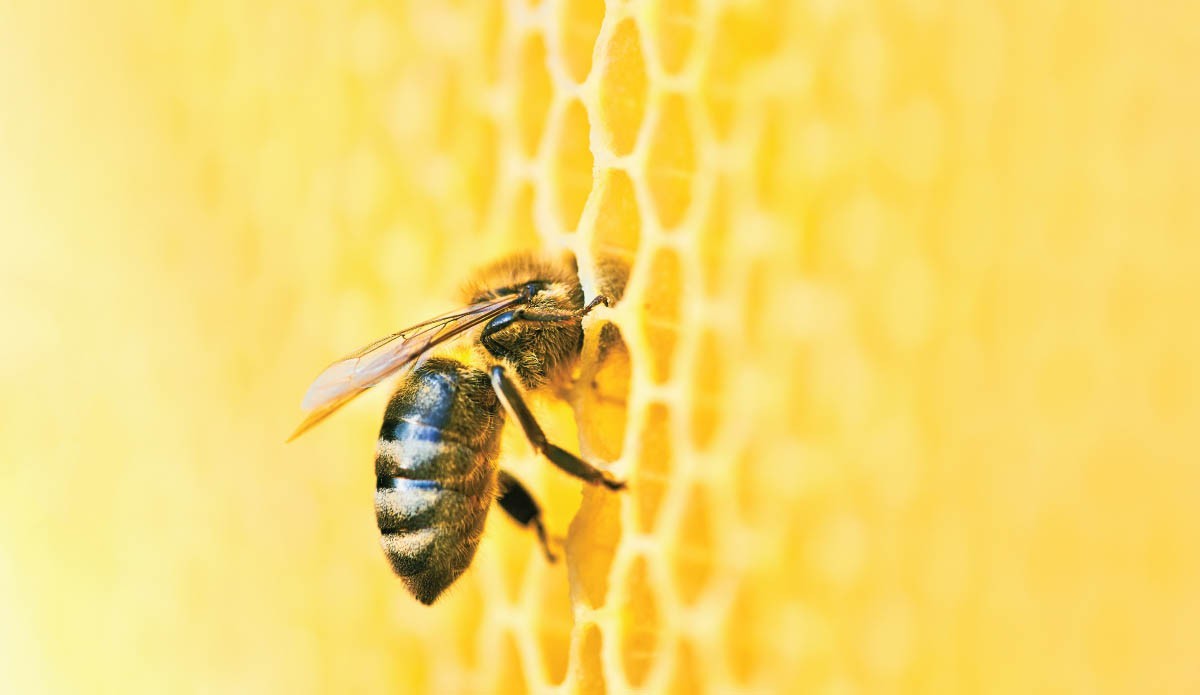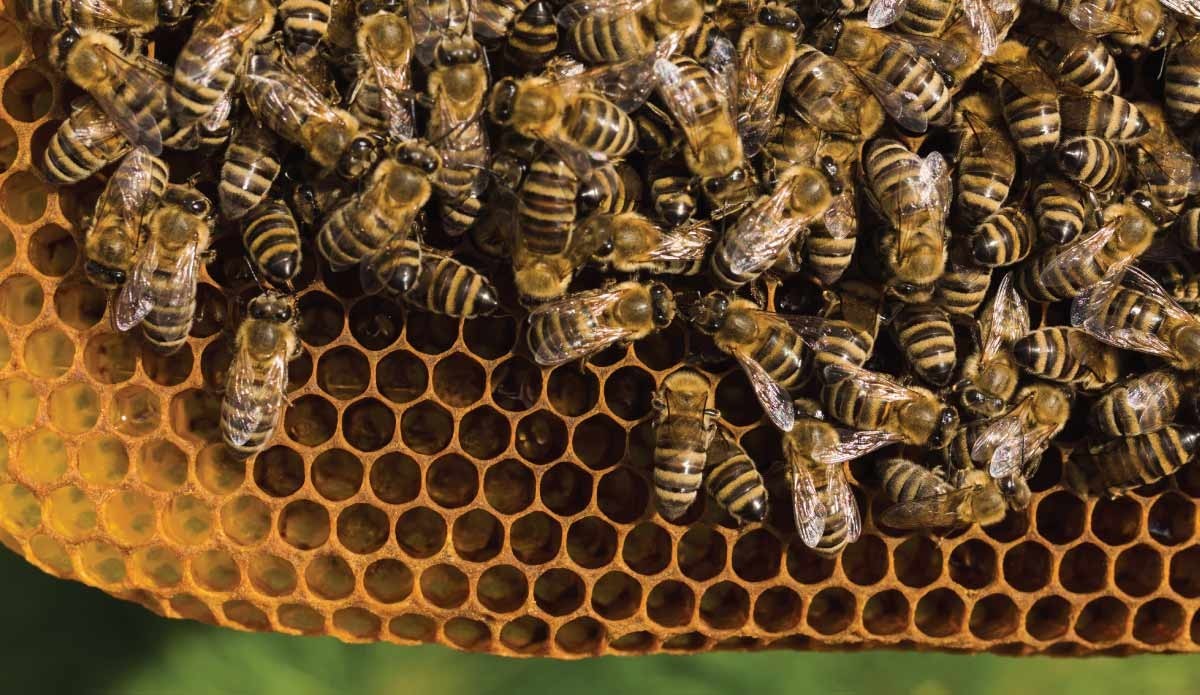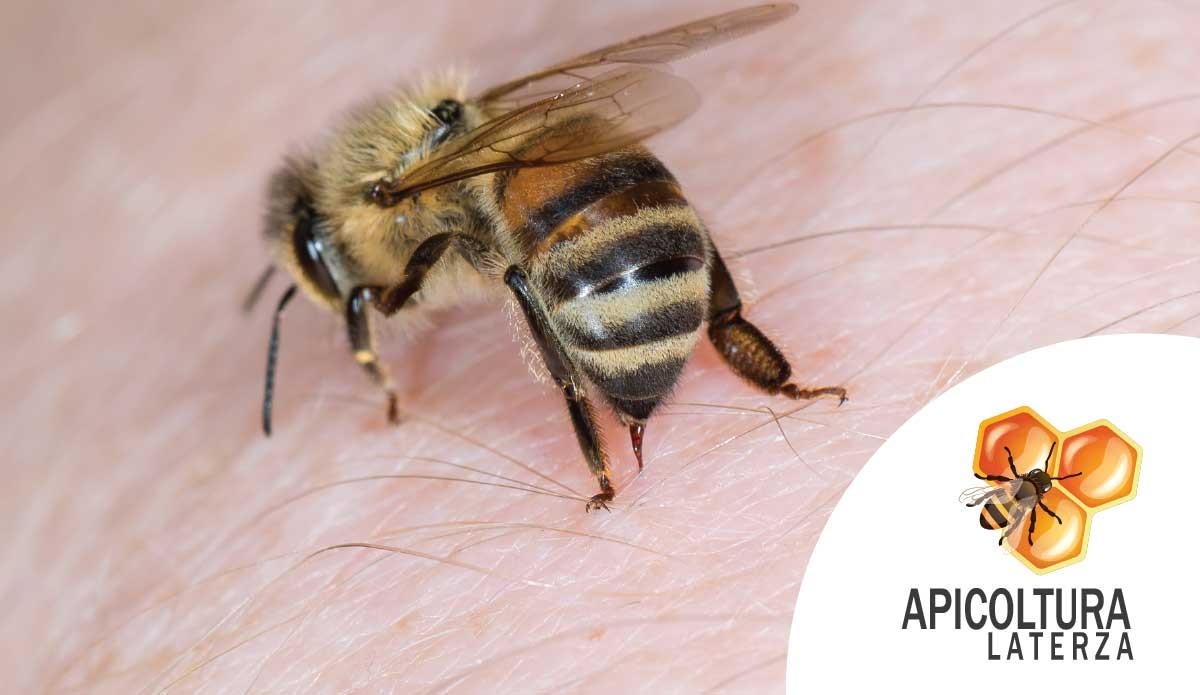THE ROLE OF THE QUEEN BEE

The Regina bee is the engine necessary for the operation of an entire beehive. Mother of all the bees in the colony, undisputed leader of the hive: the queen bee is the cornerstone of one of the most perfect societies in the animal kingdom.
The queen bee is an adult, fertile, female individual from the bee colony; it is normally the mother of all the bees present in the hive. The queen develops from a larva selected by worker bees and fed on royal jelly in order to make it sexually mature. In ordinary situations, within the bee family, it is therefore the only fertile individual.
Precisely because of this exclusivity, the queen bee remains indispensable for the functioning of the entire hive. Unlike worker bees, the queen bee has been chosen since its birth and the cell in which it grows, i.e. the real cell is different from the other cells.
The royal cell constitutes a hollow of a shape and size similar to that of a thimble, it develops on the edges of the honeycombs, or on the edges of the wax walls. The latter are divided into thousands of cells in succession that contain the larvae of the bees, they also act as a pantry to store honey.
If the workers' cells are mainly regular-shaped hexagons well aligned on the same plane, the queen's first throne looks more like an elongated cocoon, suitable for hosting a larger individual than the others.
Usually, the queen bee reaches 18-20 mm in length; the workers, the 10-15 mm and the drones, or the male bee, which moreover have a marginal role, instead reach 15-17 mm.
The most important task: lay eggs
Spawning is the main task of a queen bee, who can lay unfertilized and fertilized eggs. All the eggs that are not fertilized will be able to give birth only to drones, (the males of the colony), while the eggs that are fertilized will give rise to the birth of worker bees or a new queen.
It all depends on the feeding that the workers provide to the larvae. In the first days, in fact, all the larvae are fed with royal jelly. Starting from the fourth day, the worker larva is made to change diet and the royal jelly is switched to a diet based on honey and pollen.
If worker bees decide to want a new queen, they will only have to feed a larva with royal jelly for the duration of its development to obtain a new queen.
Worker bees can decide to give birth to a new queen by feeding a larva with royal jelly. Usually, to ensure the best queen, they breed more than one at the same time. However, in a colony there is room for only one queen ... And the queen knows it well. This is why when he wanders around the hive, meeting a real cell, he can sting his rival from the outside to kill her inside the cell. If the new queen manages to survive until complete development, the two royals will fight until death to determine who will reign over the family.
The survival of the entire hive depends on its queen
During the winter, after the flowering season, the only task of the workers is to keep the queen alive, on whose fertility and survival depends on the existence of the entire beehive. The key is to keep the queen bee at a temperature of at least 18 ° C, necessary for the survival of its reproductive functions.
The bees manage to do this by huddling in a cluster (the glomere), with the queen bee and the younger bees in the center, and the older and "expendable" ones outside - even if, to survive longer, the bees are more on the outside they constantly change places with more bees on the inside. With movements of the body and wings, the bees manage to maintain a temperature of 24-30 ° C inside the glomere, even when the thermometer outside indicates zero.
Despite the numerous precautions to any swarm of bees, even full-bodied and healthy, an unfortunate drawback can occur: to remain orphaned by the queen bee. The absence of the latter would therefore determine the end of an entire hive.
Do you need a queen bee? Contact us now!
Apicoltura Laterza deals with the breeding and sale of queen bees, bee nuclei and bee families and provides you with all the essential advice for the correct breeding of your hive.






